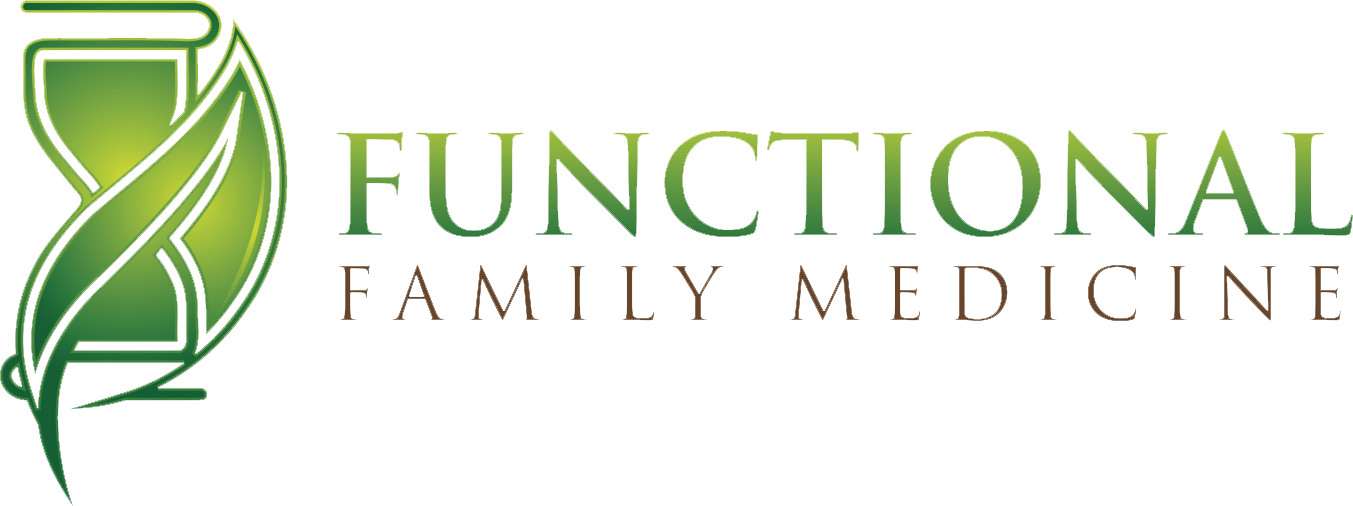We all know that we should exercise. It might not be our favorite activity. We may find excuses easier to pull up than a dozen chin-ups. However, a decision to exercise is one of the most important factors that you can control to live a healthier and happier life. Maybe the recent scientific research will convince you just how essential physical activity really is.
Reduced Disease Risk
Your morning run and regular strength training increase your daily calorie burn. Along with a healthy diet, you can reduce your risk of obesity and the myriad of problems that being overweight brings. But, it’s more than just a slim figure you stand to gain.
A study by the University of East Anglia looked at the role physical activity plays in the primary and secondary prevention of 25 health conditions. The analysis revealed compelling reasons to make time for exercise.
The research showed a decreased risk for many chronic health conditions, such as coronary heart disease, certain types of cancer, stroke, type 2 diabetes, among other serious health problems. These diseases are among the top 10 leading causes of death in the United States and worldwide.
The impacts of exercise on disease often occur because of the effects on health risks. For example, the study showed a reduced risk of hypertension and obesity. Both health conditions are risk factors for heart disease and diabetes.
Effects on Aging
If that’s not enough to convince you to make time for exercise, let’s consider the effects on aging. The University of East Anglia study also found evidence of reduced deterioration of the body’s systems. Physical activity reduced the risk for osteoporosis when you do weight-bearing exercises like walking or running.
A study by the Universiteit Leuven in Belgium support these conclusions. The researchers found a regular program of strength training improved muscle performance in older adults. But there is a catch. They also concluded that age-related muscle deterioration will continue if you stop training. In other words, exercise is a lifelong commitment.
Improvement of Mental Health
We have improved health and slowed aging. Exercising will also help you enjoy it. A study by the University of Edinburgh found that adults over 70 who exercised regularly had less age-related brain shrinkage and stronger brain connections.
While you may think that mental exercises offer the same benefits, it turns out that physical activity trumped them all. To keep your brain younger, you need to make time for exercise. But the effects don’t end there.
A 2014 review by the George Institute for Global Health in Australia found that physical activity reduced depression and symptoms of schizophrenia. The researchers concluded that exercise improved the quality of life in individuals with mental illness.
Exercise offers other mental health benefits. A study published in the Proceedings of the National Academy of Sciences of the United States of America found that physical activity reduced hippocampus shrinkage in the brain.
Like muscle volume, the hippocampus shrinks as we age. This effect can lead to impaired memory and an increased risk for dementia. Exercise helps stave off both outcomes. So, while you’re enjoying a better life, you’ll remember all those great memories you’re making.
How to Make Time for Exercise
I hope by now that you’re convinced of the value of exercise in your life. You may wonder how to make physical activity a priority. The key is a change in attitude. Exercise is a lifelong endeavor. It’s not just about losing weight or getting a sculpted look. It’s a commitment to good health.
You are more likely to stick with a regular program of exercise if you incorporate two elements into your plan: regular workouts and accountability. To stick to a regular schedule, you need to make it a routine.
While the 2008 Physical Activity Guidelines for Americans recommend at least 150 minutes of moderate-intensity activity, you can certainly do more. You’re more likely to make it a habit if you make exercise a daily activity.
Fit it into your day when you’re less likely to get distracted. For some, morning works best. Others may appreciate the break during the day or a time in the evening to wind down. The important thing is to do it. And to make sure you do, you need a system of accountability.
You have several options. If your friends or family are like-minded, you might consider exercising together. If they’re not, you can still create that accountability with a cyber-community online. Smartphone fitness apps often include these kinds of accountability systems, along with the reminders so you don’t forget.
If you prefer something less interactive, a fitness device or watch offers a good alternative. You can use it to track steps or activity. You likely find that over time you’ll feel a sense of being compelled to reach your daily goals. This is your goal; if you can create an accountability mindset, you’re well on your way to success.
The steps or sets you do today build the foundation for a healthy lifestyle and quality of life. We can’t control every variable affecting our health. With regular physical activity, we can take charge of the factors we can control. More than anything else, you are worth it.
Works Cited
Alford, L. “What Men Should Know about the Impact of Physical Activity on Their Health.” International Journal of Clinical Practice 64.13 (2010): 1731-734. Web. <http://onlinelibrary.wiley.com/doi/10.1111/j.1742-1241.2010.02478.x/pdf>.
Centers for Disease Control and Prevention. “How Much Physical Activity Do Adults Need?” Centers for Disease Control and Prevention. Centers for Disease Control and Prevention, 04 June 2015. Web. 11 Aug. 2015. <http://www.cdc.gov/physicalactivity/basics/adults/index.htm>.
Centers for Disease Control and Prevention. “Leading Causes of Death.” Centers for Disease Control and Prevention. Centers for Disease Control and Prevention, 06 Feb. 2015. Web. 11 Aug. 2015. <http://www.cdc.gov/nchs/fastats/leading-causes-of-death.htm>.
Erickson, K. I., M. W. Voss, R. S. Prakash, C. Basak, A. Szabo, L. Chaddock, J. S. Kim, S. Heo, H. Alves, S. M. White, T. R. Wojcicki, E. Mailey, V. J. Vieira, S. A. Martin, B. D. Pence, J. A. Woods, E. Mcauley, and A. F. Kramer. “Exercise Training Increases Size of Hippocampus and Improves Memory.” Proceedings of the National Academy of Sciences 108.7 (2011): 3017-022. Web. 11 Aug. 2015. <http://www.pnas.org/content/108/7/3017.abstract?sid=aa499281-ef4d-45c4-b040-4e6e6cfde351>.
Gow, A. J., M. E. Bastin, S. Munoz Maniega, M. C. Valdes Hernandez, Z. Morris, C. Murray, N. A. Royle, J. M. Starr, I. J. Deary, and J. M. Wardlaw. “Neuroprotective Lifestyles and the Aging Brain: Activity, Atrophy, and White Matter Integrity.” Neurology 79.17 (2012): 1802-808. Web. 11 Aug. 2015. <http://www.neurology.org/content/79/17/1802>.
Kennis, E., S. M. Verschueren, A. Bogaerts, E. Van Roie, S. Boonen, and C. Delecluse. “Long-term Impact of Strength Training on Muscle Strength Characteristics in Older Adults.” Arch Phys Med Rehabil. 94.11 (2013): n. pag. National Center for Biotechnology Information. U.S. National Library of Medicine, 2 July 2011. Web. 11 Aug. 2015. <http://www.ncbi.nlm.nih.gov/pubmed/23831385>.
Rosenbaum, Simon, Anne Tiedemann, Catherine Sherrington, Jackie Curtis, and Philip B. Ward. “Physical Activity Interventions for People With Mental Illness.” J. Clin. Psychiatry The Journal of Clinical Psychiatry 75.09 (2014): 964-74. Web. 11 Aug. 2015. <http://www.psychiatrist.com/JCP/article/Pages/2014/v75n09/v75n0915.aspx>

